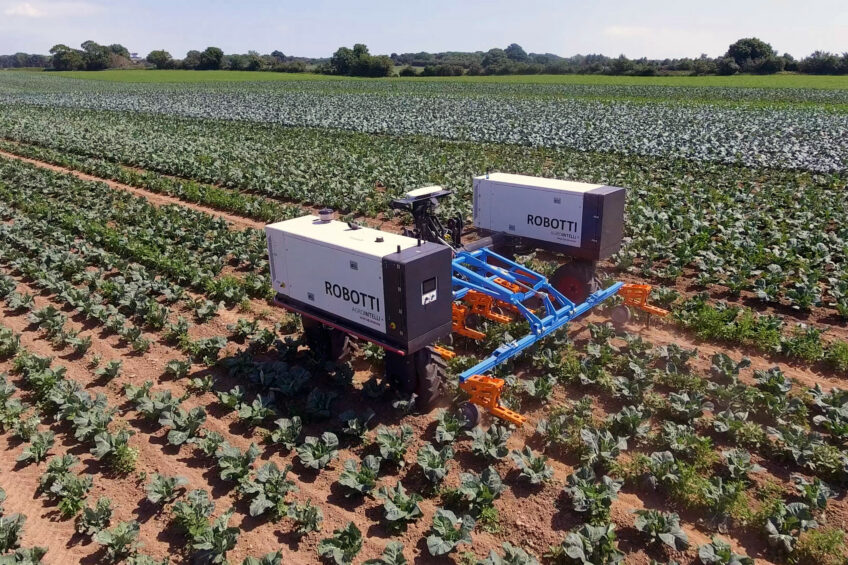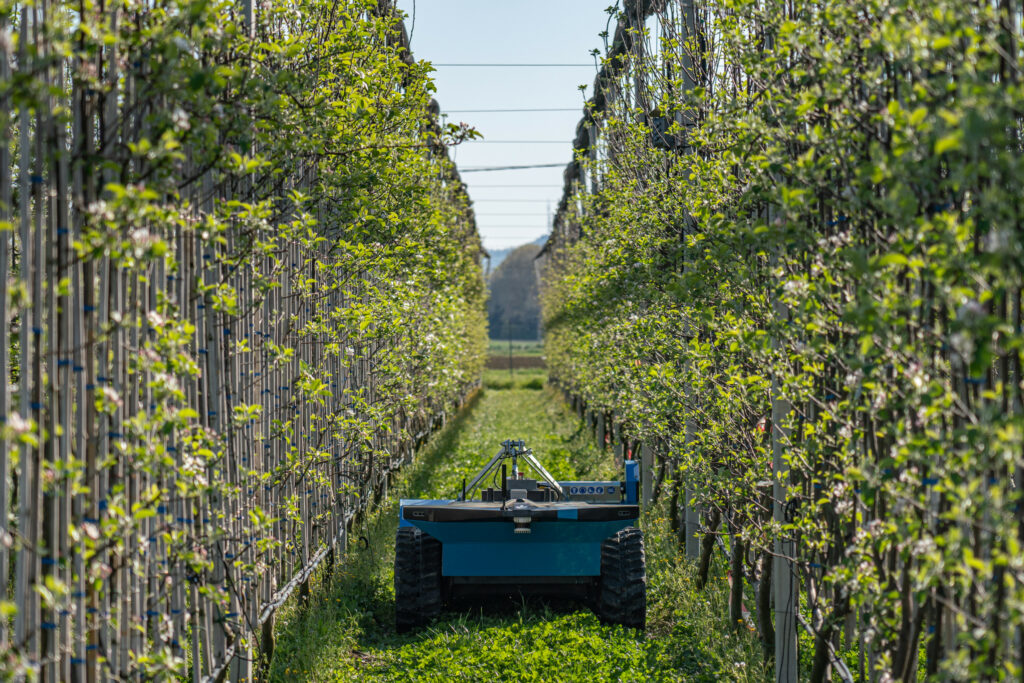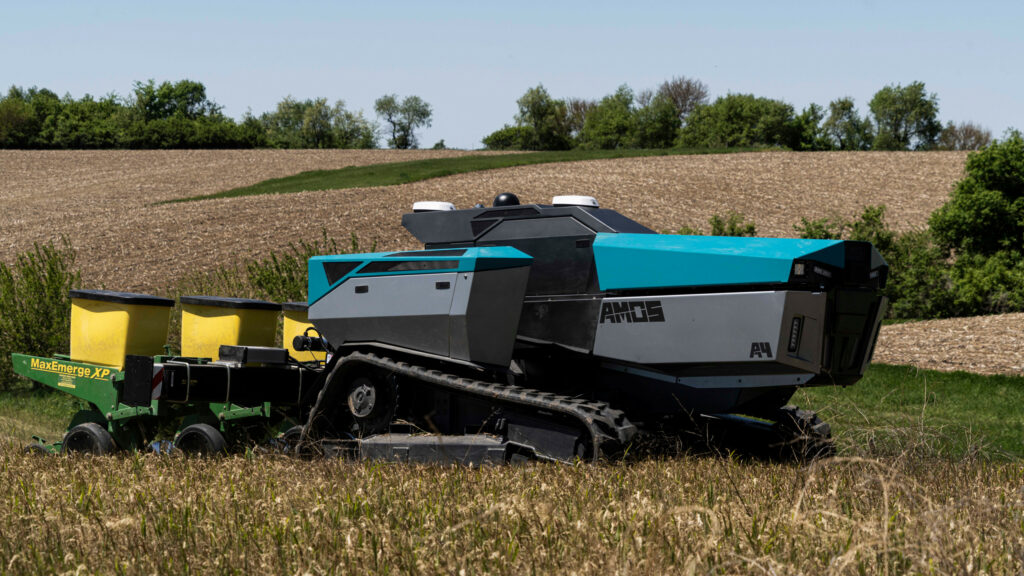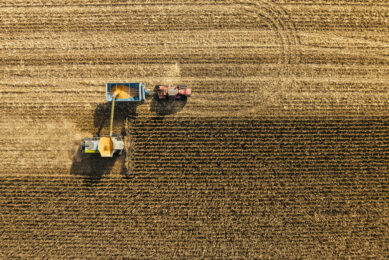Part 1: What technology will lead the way: field robots or autonomous tractors?

When looking forward, what kind of vehicle is most relevant and most suitable to perform jobs and tasks autonomously? An unmanned tractor, a multipurpose field robot or a combination of both? Part 1, the field robot.
Craig Rupp, CEO of Sabanto, recently shared his first expert opinion on Future Farming in which he offers insights into why a standard autonomous tractor may often be more effective than a dedicated field robot. Such dedicated or specialised field robots paved the way for autonomous field operations driven by 2 main aspects: weed control/management and labour availability.
Read also: Part 2: What technology will lead the way: autonomous tractors or field robots?
Although this worst out totally different in for instance the American corn belt, the Australian outback and in French market gardening, the first commercially available field robots were (and still are) dedicated to weed control in vegetables and other high value crops grown in rows and on beds. Mostly small robotic vehicles with custom-made (hoeing) implements assisting farmers in their weed control.
Both organic, regenerative and non-organic farmers facing the challenges of lack of (skilled) labour and lack of chemical crop protection products that are permitted without weeds becoming or being resistant to herbicides. There clearly is a market for this type of dedicated field robots in various regions and crops across the world.

Multifunctional field robots
A different take are so-called multifunctional or multipurpose field robots. Some of these have clearly been developed to take over tasks from manned and also unmanned tractors. They offer the same Swiss Army knife capabilities a standard tractor does: hydraulic remotes, PTO’s, 3-point hitches, and drawbars. By doing so, they mostly are capable of working width the standard implements and machines farmers use to grow and nurture their crops with. Whether broad acre crops, row crops or specialty crops, for each type of crop there is an autonomous solution including AgroIntelli (Danish), AgXeed (Dutch), Amos (American), AutoAgri (Norwegian), Digital Workbench (German), EarthAutomations (Italian), Exxact Robotics (French), FieldRobotics (Italian), Lambers & Exobotic Technologies (Belgian), Naïo (French), Sitia (French), Siza Robotics (French), Smart Machine (New Zealand), SwarmFarm (Australian) and VitiBot (French).
All details including price indications are available to Future Farming subscribers in the online field robot buyers’ guide. See for yourself and learn how these can be a farmers’ next workhorse that directly competes with a smaller standard or autonomous tractor.

Join 17,000+ subscribers
Subscribe to our newsletter to stay updated about all the need-to-know content in the agricultural sector, two times a week.



